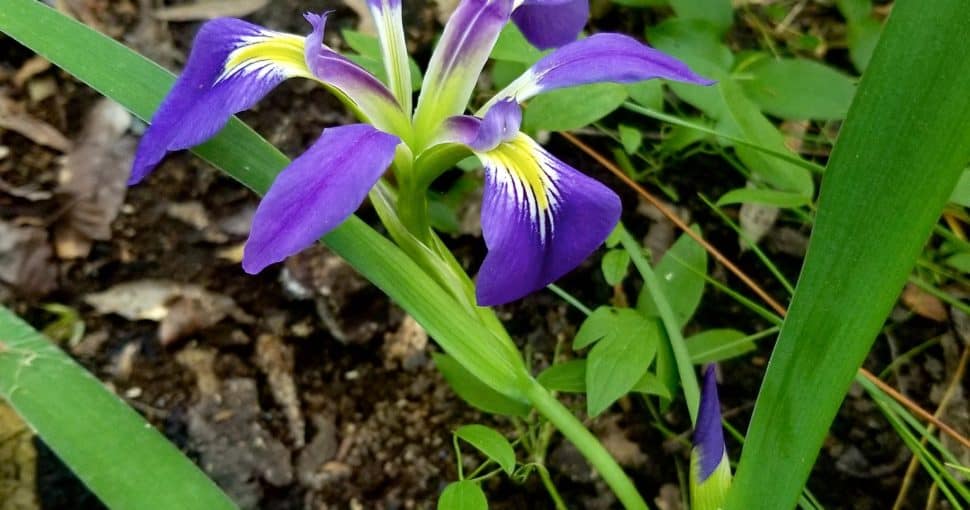According to the American Association of Poison Control Centers, two individuals in the United States died as a result of swallowing toxic plants during the year 2010. While the number of people who die as a result of poisonous plants is relatively modest, exposures to the deadliest plants occur on a far more frequent basis. This article describes the poisonous plants you should be aware of in Mississippi.
Contents
- 1. Poison Ivy (Toxicodendron Radicans)
- 2. Poison Oak (Toxicodendron Diversilobum)
- 3. Poison Sumac (Toxicodendron Vernix) (don’t edit)
- 4. Castor Bean (Ricinus Communis)
- 5. Water Hemlock (Cicuta)
- 6. Poison Hemlock (Conium Maculatum)
- 7. Virginia Creeper (Parthenocissus Quinquefolia)
- 8. Milkweed (Asclepias)
- 9. Butterfly weed (Asclepias Tuberosa)
- 10. Prairie Larkspur (Delphinium Carolinianum)
- 11. Trumpet Creeper (Campsis Radicans)
- 12. Wild Red Columbine (Aquilegia Canadensis)
- 13. Hortensia (Hydrangea)
- 14. Zigzag Iris (Iris Brevicaulis)
- 15. Honeysuckle (lonicera)
Every year, thousands of individuals are harmed by coming into contact with poisonous plants. These plants cause them severe skin irritations and allergic reactions since they are unable to understand how to recognize them.
Even while summertime brings better temperatures, it’s also the time of year when wild plants are known to sprout up in unexpected places. Some plants are more difficult to identify than others, and some might cause significant discomfort.
Identifying the most dangerous plants is critical if you’re going to be gardening, camping, or hunting in the woods or fields of Mississippi. It’s crucial to note that some toxic plants can be hazardous to both humans and animals.
Therefore, when walking your pet on nearby forest trails, you should be cautious. This article is intended to help you in knowing the most hazardous plants in Mississippi so that you can avoid getting into touch with these plants at all costs.
1. Poison Ivy (Toxicodendron Radicans)
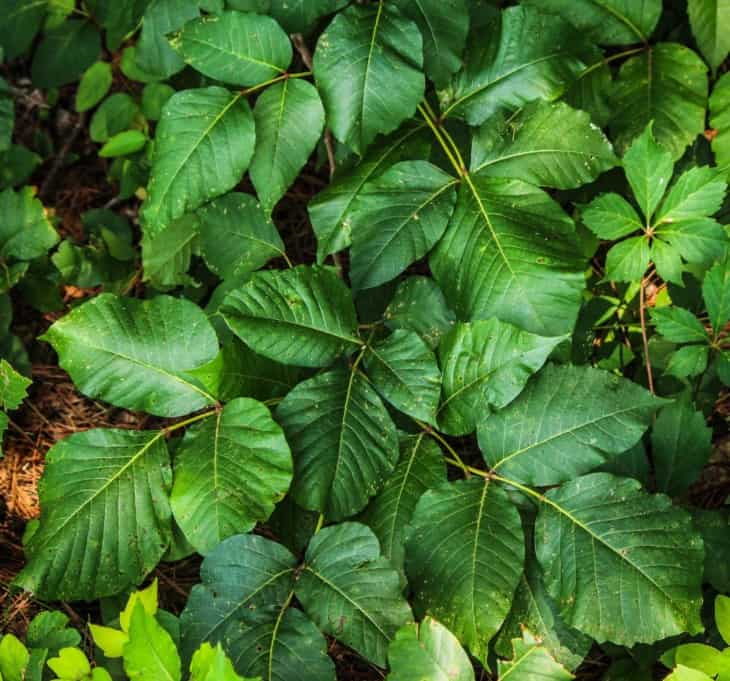
Urushiol, an oil found in all sections of the poison ivy plant, is poisonous and causes allergic dermatitis (long-lasting and severe skin irritations) in most people. Direct touch with the plant, indirect contact, and inhalation of smoke from a plant fire are all possible ways to become infected with the bacteria. It appears that some people are resistant to the effects of radiation.
2. Poison Oak (Toxicodendron Diversilobum)
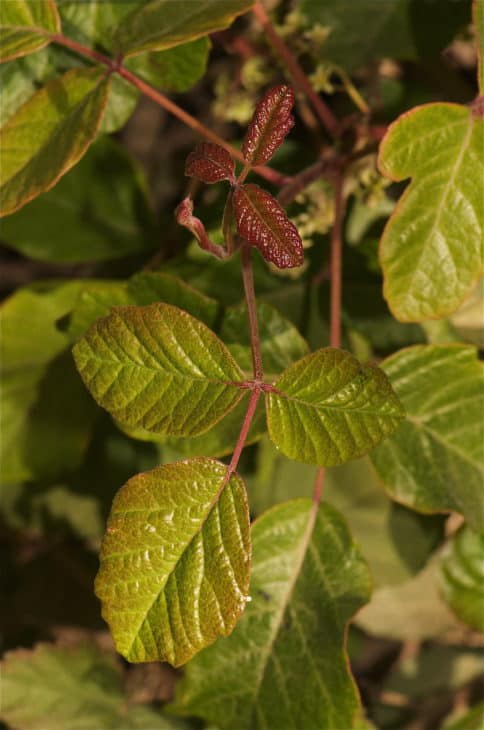
Those who contact poison oak by touching or inhaling the plant’s smoke are more likely to experience irritation and allergic reactions. So, it is frequently removed from gardens and public landscaped spaces. But it may be used in wildlife gardens, habitat gardens, and natural landscapes if placed in the right place. Habitat restoration programs rely on the plant.
3. Poison Sumac (Toxicodendron Vernix) (don’t edit)
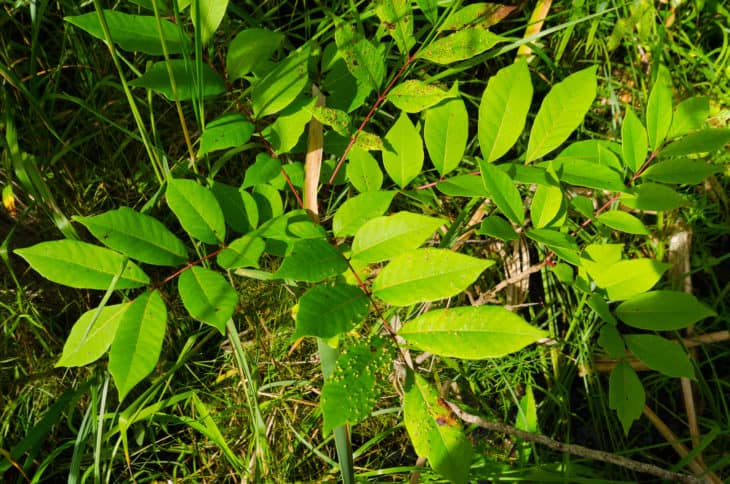
Poison Sumac grows in eastern North America’s marshy, acidic soils. It includes urushiol, which may be exceedingly irritating to the skin for some people when exposed to the air. Poison ivy and western poison oak are close relatives, although this plant is more allergic. You may experience itching and soreness for days or even weeks when you come into contact with this plant.
4. Castor Bean (Ricinus Communis)
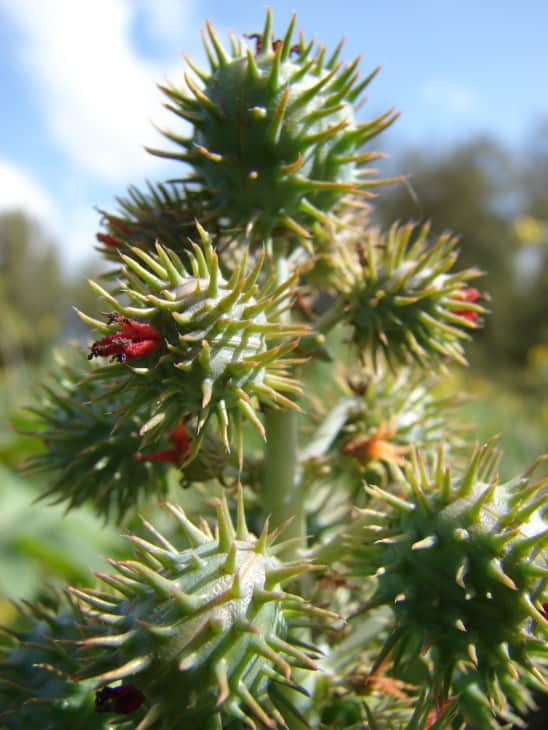
Keep the seeds out of the reach of youngsters, as they are exceedingly toxic. Rattlesnake venom is 12,000 times more toxic than ricin, the deadly toxin found in castor seeds. Ricin is one of the deadliest natural poisons. Four seeds can kill an average-sized adult, although smaller amounts can cause vomiting, diarrhea, and convulsions if ingested via the stomach.
5. Water Hemlock (Cicuta)
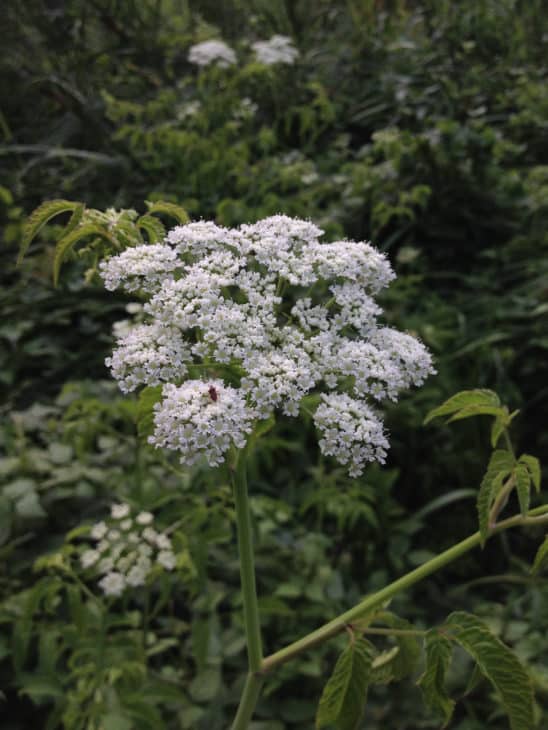
The North American water hemlock is the most lethal of all the plants. A minimal quantity of the plant’s toxin is all that is required to poison cattle or people. Cicutoxin toxin is a powerful convulsion when the central nervous system is directly targeted. A threshold dose is reached at some point, after which grand mal seizures and death are the only possible outcomes of poisoning.
6. Poison Hemlock (Conium Maculatum)
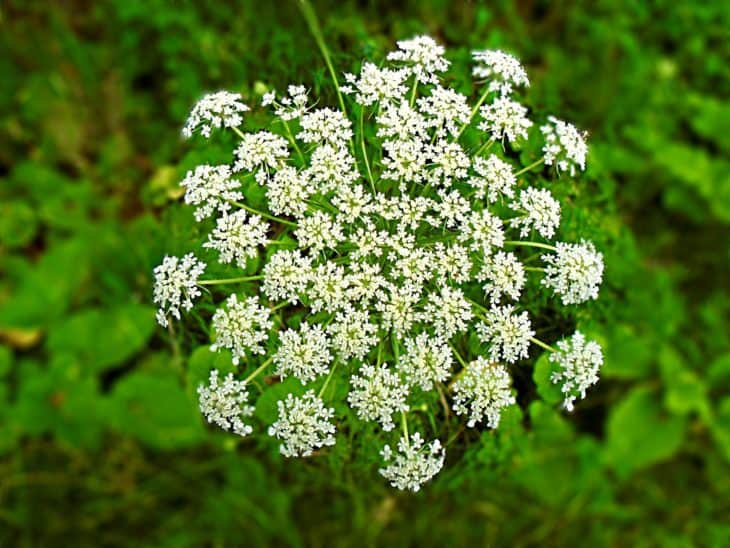
Small quantities of green or dried herb can harm cattle, sheep, horses, swine, and other domestic animals. In addition, it is highly toxic to humans. White blooms appear in groups along the stems of poison hemlock. The development of each bloom forms green, deep-ridged fruits with numerous seeds. The color of the fruit darkens as it ripens. In the spring, poison hemlock begins to sprout.
7. Virginia Creeper (Parthenocissus Quinquefolia)
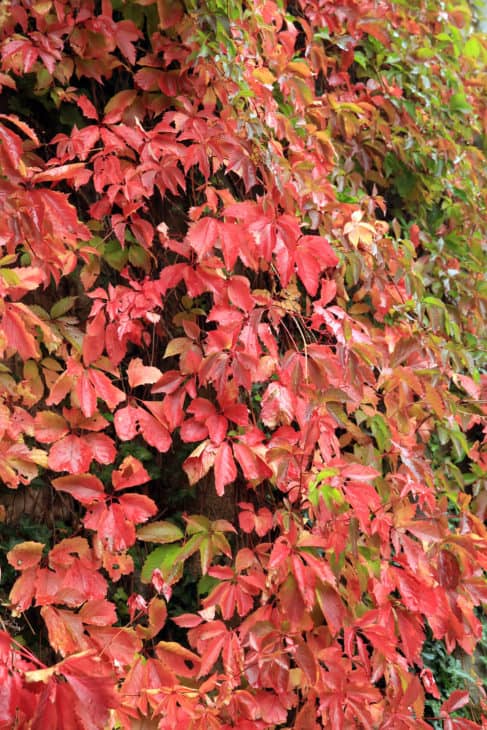
Some people get a rash from Virginia creeper, although not nearly as many as from poison ivy, and the rash is not as severe. According to web sources, Virginia creeper is just a concern for sensitive people. Oxalate crystals are found in the juice or sap of some plants. Chewing these plants can induce lip, oral, and tongue discomfort and pain.
8. Milkweed (Asclepias)
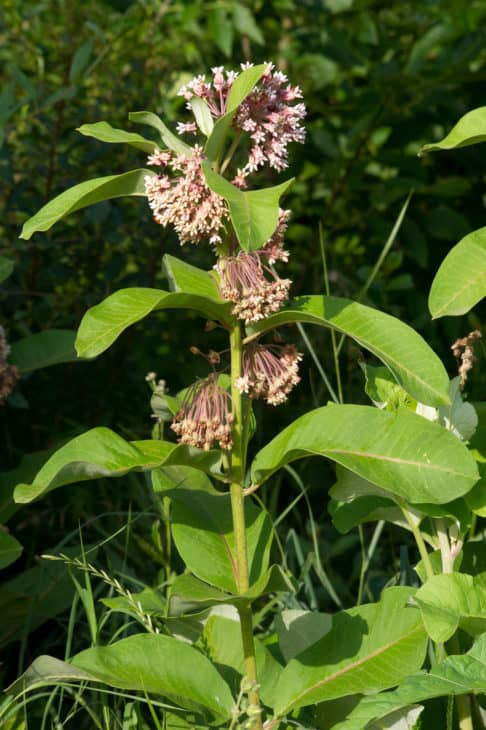
The milky sap may be seen when a milkweed stem or leaf is damaged. The toxin, cardiac glycosides, is found in the sap and can cause poisoning in humans and animals if consumed. Insects that have adapted to feeding on these poisons throughout time are now deadly to predators because they are harmful to them.
9. Butterfly weed (Asclepias Tuberosa)
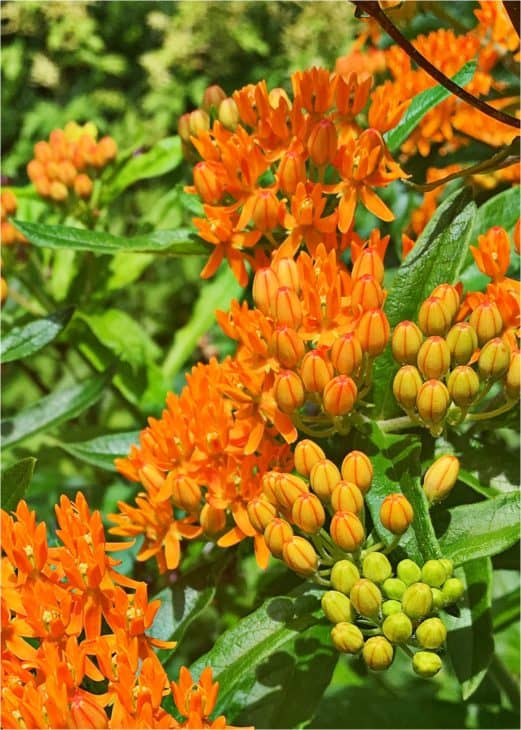
Many, if not all, members of this genus contain poisonous alkaloids, resinoids, and cardiac glycosides, despite the lack of specific findings for this species. Grazing animals tend to avoid them. If consumed in excessive numbers, the plant is toxic. Diarrhea and vomiting can result from taking excessive dosages.
10. Prairie Larkspur (Delphinium Carolinianum)
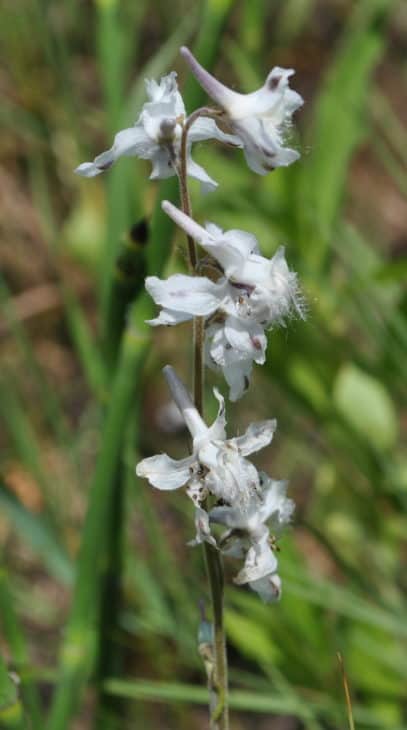
There are poisons in plants of the Delphinium genus, and you should never consume them. Humans, as well as other animals, can be killed by them. A person’s age, weight, physical condition, and individual sensitivity affect how a poison affects them. Curiosity on the part of children and their little stature makes them particularly susceptible.
11. Trumpet Creeper (Campsis Radicans)
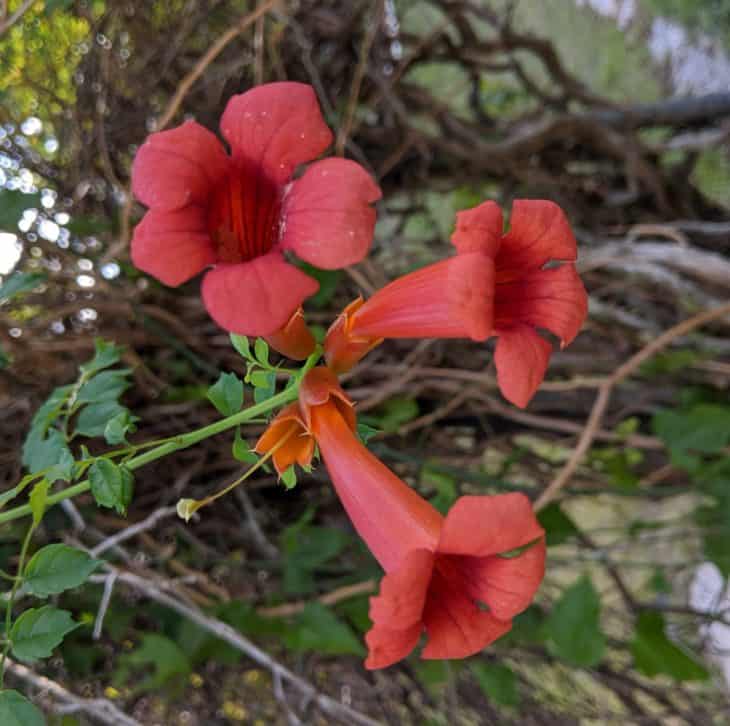
According to the North Carolina Extension Gardener, the leaves, fruit, blossoms, and sap are all poisonous and can cause mild to severe skin rashes and irritation when touched. Ensure to wash your hands after handling any part of the plant by using gloves. If consumed, the leaf is slightly poisonous and causes stomach issues.
12. Wild Red Columbine (Aquilegia Canadensis)
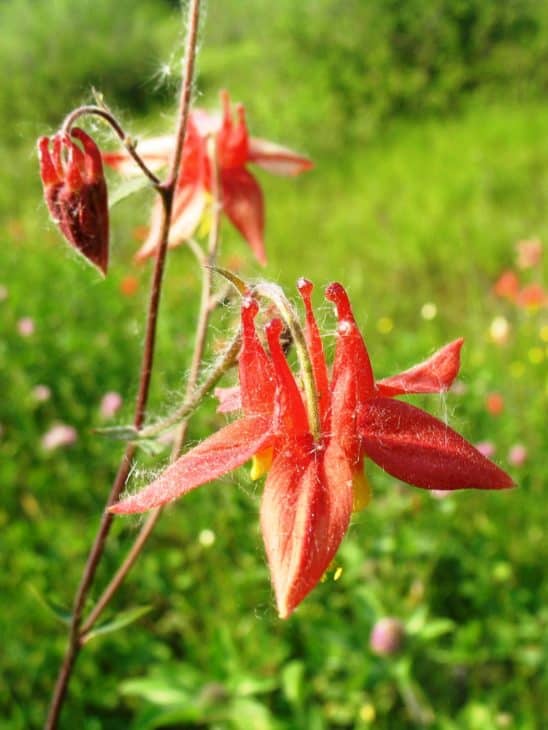
The inedibility (toxicity) of wild columbine to herbivores and its predominance on steep and rocky terrain make it a poor source of feed for domesticated and wild herbivores. In contrast to cattle, sheep, and horses, goats find it distasteful. Most other wild herbivores are unaffected by it, as it is only weakly to moderately poisonous. When ingested as food, however, both the seeds and roots of the plant are exceedingly dangerous and contain cardiogenic chemicals that can induce severe gastroenteritis and chest pain.
13. Hortensia (Hydrangea)
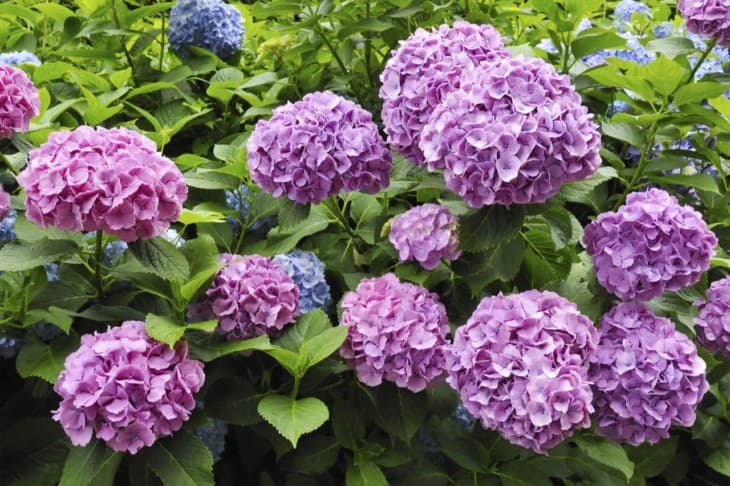
Hortensia (Hydrangea) is poisonous to dogs, despite how lovely it looks. If your dog eats the shrub’s blossoms or leaves, it’ll quickly show poisonous symptoms. Medical treatment is needed even if the symptoms are mild to severe. Due to its heart-wrenching effects, even a small amount of the herb can be deadly. Poisoning from the hortensia plant is the cause of hortensia poisoning in dogs.
14. Zigzag Iris (Iris Brevicaulis)
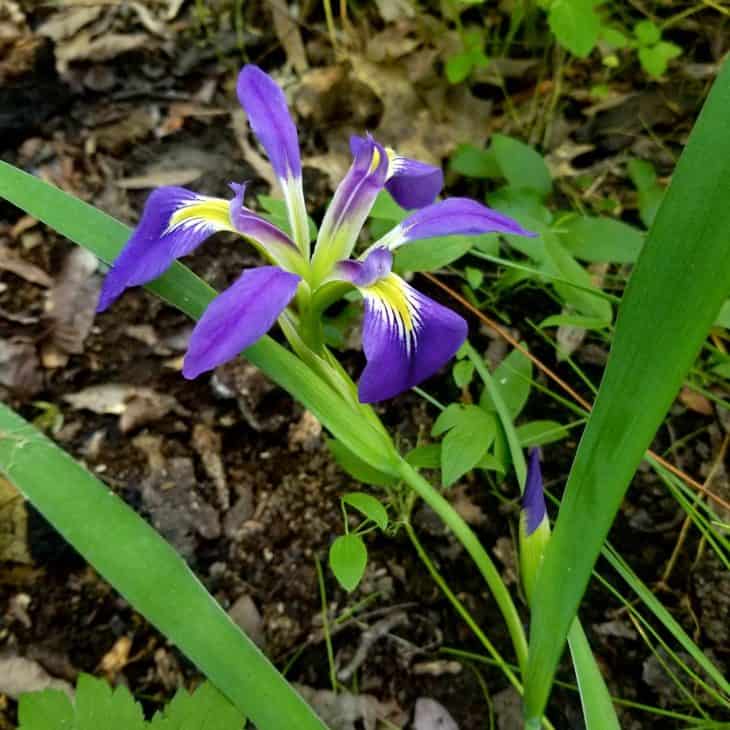
The rhizome and leaves of this iris, like many others, are toxic and can cause nausea and vomiting if accidentally consumed. On the other hand, handling the plant may result in an allergic reaction or cause skin irritation. Toxic Iris brevicaulis rhizomes are found in the thickened roots. If ingested inadvertently, it can induce nausea, vomiting, diarrhea, and a fever.
15. Honeysuckle (lonicera)
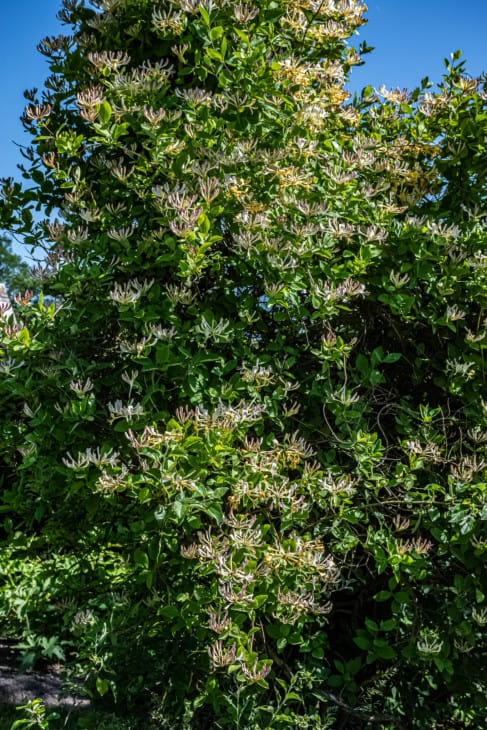
Care should be used while growing honeysuckle in areas where children or dogs are present, as certain types are somewhat hazardous. Toxicity ranges from non-poisonous to slightly harmful, depending on the species. Some of the more common minor honeysuckle berry poisoning symptoms include vomiting, dizziness, dilated pupils, and an accelerated pulse.

